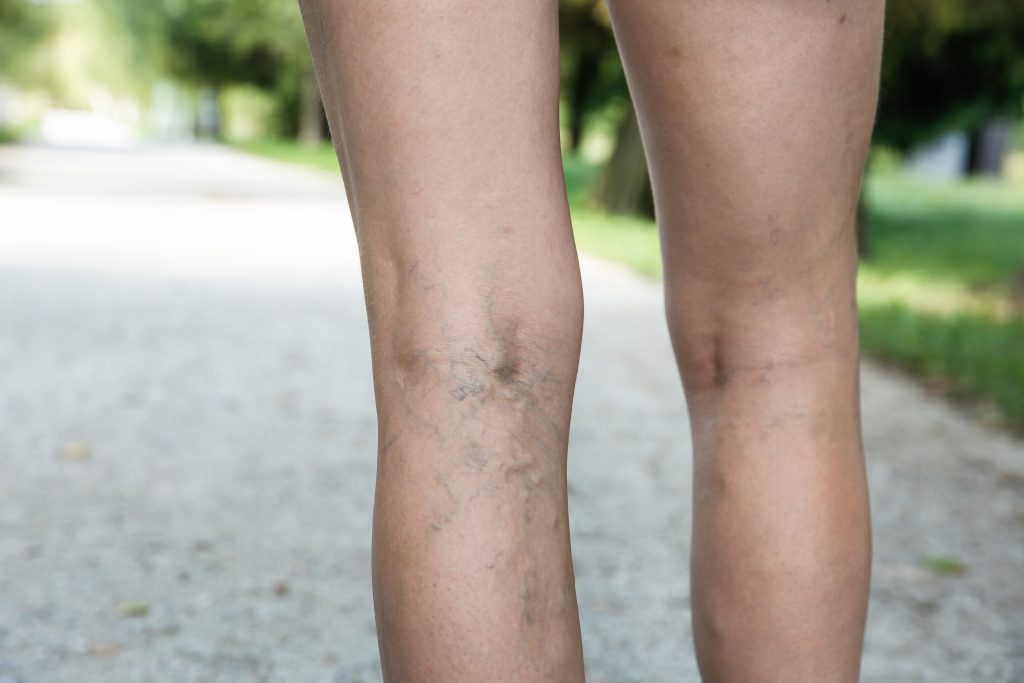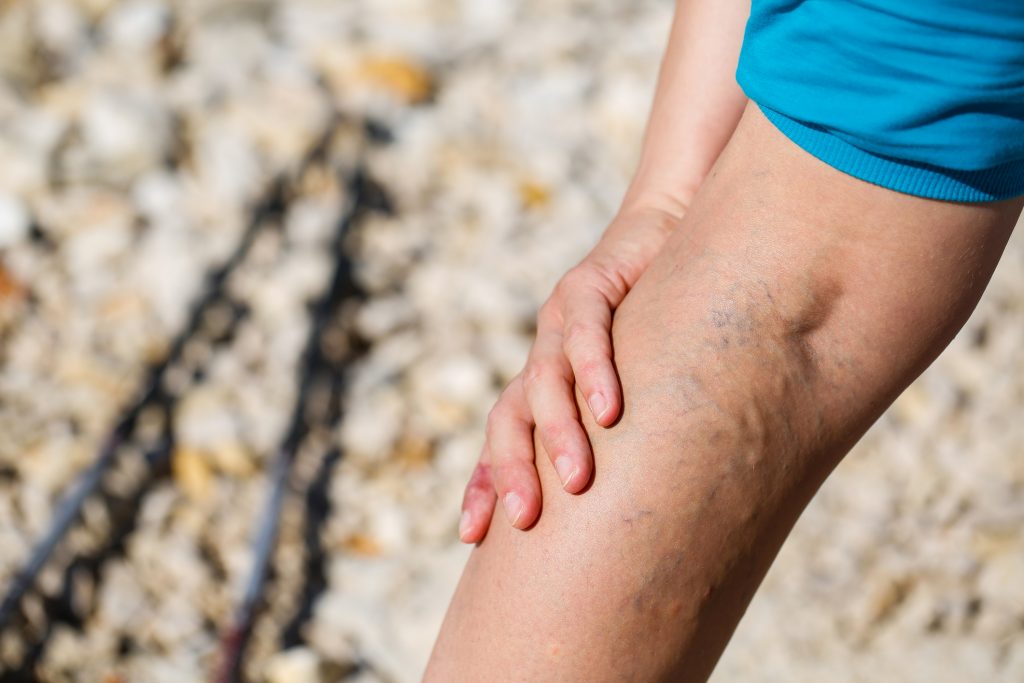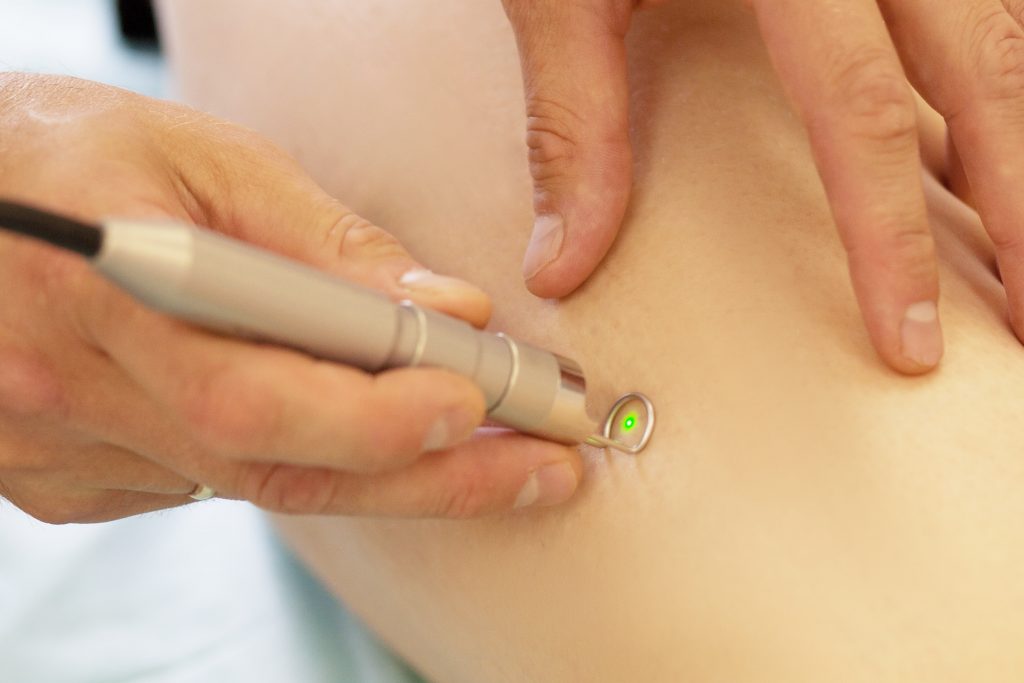Varicose Vein Treatments from U.S. Dermatology Partners
What Are Varicose Veins?
Varicose veins are bulging, bluish veins that look like cords running under your skin and are typically found in the legs and feet. Swollen and twisted veins are considered superficial varicose veins. Although they are usually harmless, they often are painful and can become disfiguring. If they become inflamed, they will be tender to the touch and may prevent proper circulation.
When circulation is affected, it can cause such things as swollen ankles, aching legs and itchy skin.

Varicose veins are bulging, bluish veins that look like cords running under your skin and are typically found in the legs and feet.
Find This Service Near You
Who Is at Risk for Varicose Veins?
Several factors can put you at greater risk for varicose veins. These include family history (about half of all people with varicose veins have a family history of the condition), older age, being female, pregnancy, menopause and being overweight and/or sedentary. Leg trauma that caused damage to veins in the back of your legs or a history of blood clots also increases risk.
Varicose Veins Symptoms

Varicose veins can be painful.
Symptoms of varicose veins include dark purple or blue veins, or veins that appear to be twisted and bulging. In some cases, they may be painful and include a throbbing or burning feeling in the legs that is worse after sitting or standing for long periods of time. If the vein is hardened to the touch or you notice changes in color, you should see a medical professional immediately, as it could indicate a serious medical condition.
Varicose Veins Treatment
In some cases, treatment for varicose veins begins with self-care: losing weight, exercising, elevating your legs periodically and avoiding long periods spent sitting or standing. Compression stockings may also make dramatic improvements in your condition, as they help the blood move more effectively through your veins.
In more severe cases, you may need a medical procedure to correct them. Among the treatments offered for varicose veins are:
-
Varicose and spider veins can be treated with lasers.
Sclerotherapy, in which your doctor injects varicose veins with a solution that scars and closes them. This is good for small and medium-sized veins. A new technique, foam sclerotherapy, takes a similar approach but uses a foam solution to seal the veins.
- Laser surgeries, which sends strong bursts of light onto the vein and makes the vein slowly fade and disappear without any incisions or needles.
- Catheter-assisted procedures that use radiofrequency or laser energy. These treatments send radiofreqency or lasers into the vein through a catheter and, as the catheter is removed, the heat collapses and seals the vein.
- Vein stripping, or tying off a vein and then removing it through small incisions.
- Ambulatory phlebectomy, in which your doctor removes smaller varicose veins by making several tiny punctures in the skin.
In advanced or severe cases, your doctor may recommend endoscopic vein surgery, which uses a video camera inserted in your leg to locate and close varicose veins. Those veins are then removed through small incisions. Visit U.S. Dermatology Partners to see which method of treatment works best for your situation.
Varicose Veins Prevention
Many of the same things recommended for treating varicose veins are also recommended for preventing them. This includes exercise, avoiding standing or sitting for long periods of time, maintaining a healthy weight, following a healthy, low-sodium diet, avoiding high heels and elevating your legs.
- See Also
- Sclerotherapy
- Spider Veins
- Varicose Veins
*Results may vary by individual

